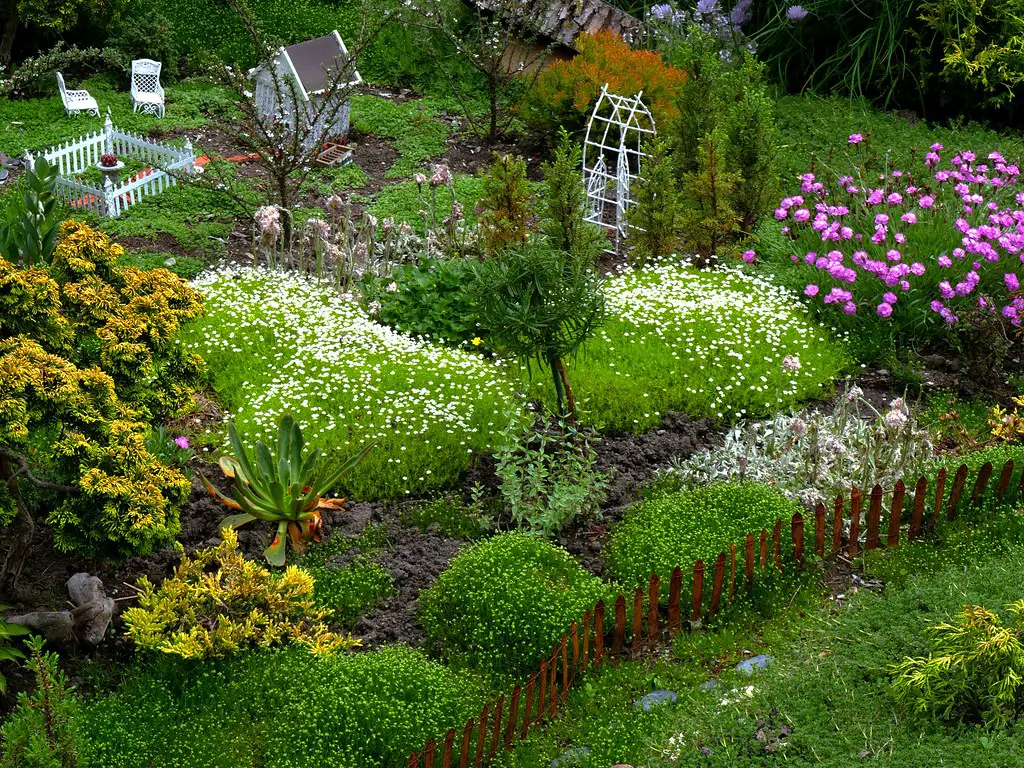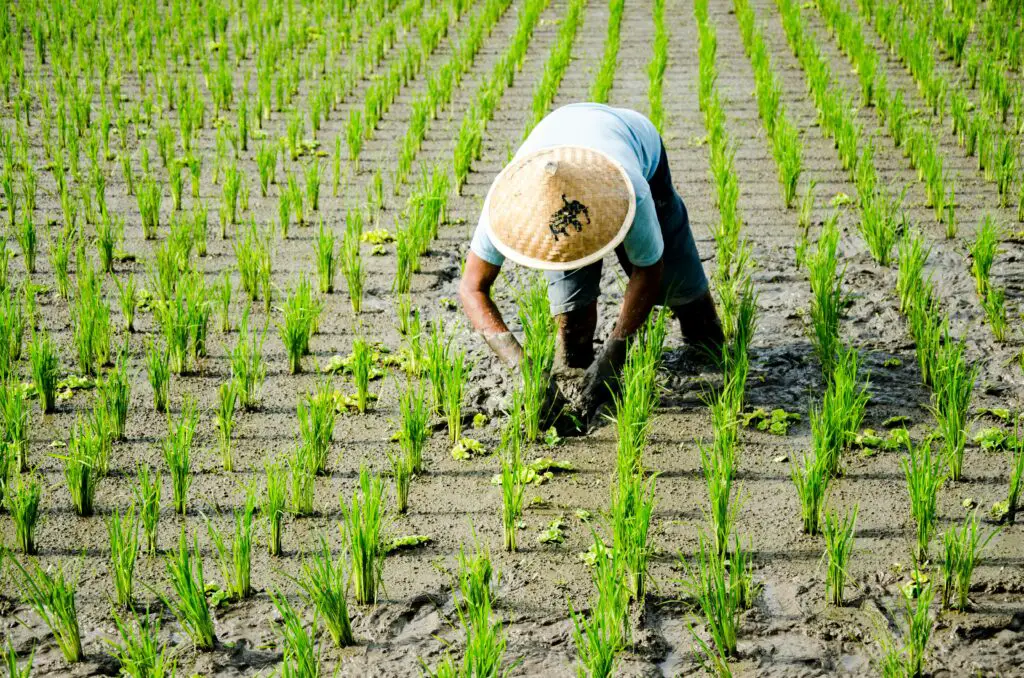Gardening is more than just planting flowers or growing food—it’s a connection to history, culture, and family heritage. Across generations, gardening has served as a means of passing down knowledge, traditions, and even spiritual beliefs. Many families, particularly in diverse communities, use gardening as a way to preserve their cultural identity, maintain ancestral practices, and strengthen family bonds. Here are five ways gardening can help keep cultural and family traditions alive.
1. Strengthening Family Bonds Through Shared Gardening Rituals

Gardening has long been a communal activity, bringing families together through planting, harvesting, and preparing food. In many cultures, gardening is an intergenerational tradition where elders teach younger family members about the rhythms of nature, the best planting seasons, and the spiritual aspects of growing food. These shared experiences create strong family ties and ensure that cultural traditions remain intact.
Many families also incorporate gardening into celebrations and religious rituals. For example, Mexican families grow marigolds for Día de los Muertos altars, Japanese households cultivate bonsai trees as symbols of patience and discipline, and Middle Eastern families grow figs and pomegranates as part of traditional feasts. These traditions reinforce a sense of belonging and connection to one’s roots.
2. Passing Down Traditional Farming and Herbal Knowledge

For centuries, families have relied on gardening to pass down valuable agricultural knowledge. Many cultures have unique farming methods, such as companion planting in Indigenous American traditions, terrace farming in Latin America, and raised-bed gardening in African and Asian communities. Teaching children these time-honored techniques ensures that these methods are not lost to modernization.
Beyond farming, traditional herbal knowledge is also shared through gardening. Families who grow plants like holy basil in Indian households, rue in Latin American homes, or bitter leaf in West African communities preserve ancient remedies that have been used for generations. When grandparents teach younger generations how to grow and use these plants, they are passing on a legacy of healing and wisdom.
3. Preserving Culturally Significant Crops

Many cultures have staple crops that hold deep historical and spiritual significance. By growing these crops at home, families keep their cultural heritage alive even when living far from their ancestral lands. For example, growing okra, collard greens, and yams connects African American families to their African roots, while cultivating maize, chili peppers, and squash is a way for many Latin American and Indigenous communities to honor their agricultural traditions.
Certain foods also play an important role in religious and ceremonial practices. Moringa leaves in South Asian households, plantains in Caribbean cuisine, and lotus roots in Chinese traditions are just a few examples of culturally important crops that tie families to their heritage. When these plants are grown at home, they ensure that traditional recipes and customs continue for future generations.
4. Keeping Ancestral Cooking Traditions Alive

A thriving garden provides fresh ingredients for traditional meals, ensuring that culturally significant dishes remain a staple in family life. When families grow their own spices, vegetables, and grains, they maintain their authentic flavors and cooking methods, which can be difficult to replicate with store-bought alternatives.
For instance, Mediterranean families grow rosemary, thyme, and olives to make dishes passed down through generations, while Caribbean families plant Scotch bonnet peppers and callaloo for their signature recipes. By harvesting and cooking these homegrown ingredients, families honor their ancestors and create an enduring connection between food and cultural identity.
5. Reviving Ancestral Sustainability Practices

Many traditional gardening techniques focus on sustainability, long before modern conversations about eco-friendly living. Communities worldwide have developed ways to work with the land rather than against it, and by reviving these practices, families ensure that cultural sustainability methods persist.
For example, rainwater harvesting in African and Indigenous traditions, crop rotation in Asian farming, and composting in Latin American communities are time-tested techniques that promote environmental harmony. Teaching these methods to younger generations encourages a deeper respect for both nature and cultural heritage.
